What Does the “Missing Middle” Say About the Future of Montgomery County Housing?
Image from Silver Spring and Downtown and Adjacent Communities Plan Winter 2022 Planning Board Draft. All credits to Montgomery County Planning Department.
Surrounded by the urban landscapes of downtown Silver Spring and Wheaton, the Woodside neighborhoods form a suburban bubble. Greater Woodside includes three smaller neighborhoods: Historic Woodside, North Woodside, and Woodside Park. North Woodside boasts both a public elementary school and a private school, both of which are a ten minute bus ride from the Silver Spring metro. Woodside Park attracts a crowd interested in its scenery and proximity to Sligo Creek, which borders the neighborhood to the Northeast. Historic Woodside sits between North Woodside, Woodside Park, a future Purple Line station, and Downtown Silver Spring. With the former Park and Planning office nestled between Woodside Park and Historic Woodside, the neighborhoods are a scene for intense debates over the future of Historic Woodside.
There is no question as to why developers want to urbanize Historic Woodside. Once the Purple Line is built, it could be equally as profitable as the townhomes that average around $790,000 just across from the Silver Spring metro, according to estimates from Zillow. With an elementary school to the northwest, beautiful Woodside Park to the northeast, and a 15 minute walk to the Ellsworth shopping center, demand is high. With proposed zoning, new–and possibly younger–residents could flock into townhomes and duplexes instead of single-family homes that line the streets of Historic Woodside.
But developers aren’t the only stakeholders in this discussion. Many residents of Historic Woodside are outspoken about their opposition to zoning plans. The Park and Planning board, Montgomery County Council, and residents of Woodside have been in a stalemate since the introduction of the Silver Spring Downtown and Adjacent Communities Plan, as well as Thrive Montgomery 2050. For this reason, development in Historic Woodside has been slow. According to a March 2021 letter from the Woodside Civic Association, only one single-family home has been torn down in the past 20 years.
The proposed Thrive 2050 Plan for the future of Silver Spring consists of proposals for changes to parks, open spaces, shopping centers, transportation, and, most importantly to Woodside Residents, residential zoning changes. The Park and Planning Commission proposes that the adjacent communities to downtown Silver Spring, including Historic Woodside, follow the Attainable Housing Strategies Initiative. The initiative offers a solution to the current socio-economic homogeneity of the Historic Woodside neighborhood by introducing denser and more affordable housing in parts of Silver Spring dominated by single family homes.
Within the Silver Spring Downtown and Adjacent Communities Plan, a concern is raised about continuing the segregated past of Historic Woodside. According to a Montgomery County Historical Society publication, the neighborhood was marketed since its inception towards the upper-middle class commuters that still occupy it. This is also a concern among Woodside residents who follow the YIMBY (“Yes, In My Backyard”) movement that pushes for diversity in neighborhoods across the country.
The proposals of the Park and Planning Commission also stem from a concern about “Missing Middle” housing- defined as “duplexes, triplexes, quadplexes, cottage clusters, and townhomes” by the proposed Modest Home Choices Act of 2020. The aim of Missing Middle initiatives is to provide diversity of housing options in size, location, and price. By redistricting parts of Historic Woodside, denser and more affordable housing would be available in this convenient neighborhood dominated by single-family homes.
However, smaller, “middle” housing doesn’t necessarily mean it is more affordable. Just a few blocks down from Historic Woodside, housing across from the current Silver Spring metro station can cost between $395 to $405 per square foot, according to Zillow estimates. Zillow also estimates that a collection of townhomes built in the 1990s in Historic Woodside ranges between $270 to $405 per square foot. For reference, a recently sold single-family home in Historic Woodside sold for around $320 per square foot.
Residents outline similar concerns about Thrive 2050 in a March 2021 letter about the Missing Middle housing initiatives. The letter points out that new Missing Middle housing would be more expensive than the current single-family homes, missing the “Middle” that Park and Planning is targeting. The letter claims that “forty-six percent of single-family homes in Woodside are valued at less than the $712k estimated price of a new Missing Middle townhouse.” Concerns about the stability of the housing market given the pandemic are also raised, questioning whether housing data during the pandemic is applicable in the long-term.
One thing can be agreed upon on all sides of this debate: affordable housing is in short supply in Montgomery County. But with little being done about it, the chances of future generations finding a house in the neighborhood they call home are becoming ever slimmer.
Even the Montgomery County Council is struggling to find a solution to this issue. In a recent discussion with Historic Woodside residents, County Councilmember Hans Riemer revealed to me that, since its proposal, the County Council has been uninterested in acting on zoning changes to Historic Woodside. Instead, he talks about possible changes to Wheaton and Glenmont, along with current projects in Rockville.
So, what does this say about the state of Montgomery County housing? It says as much as the national patterns have shown. Pew Research Center data shows that the affordable housing crisis impacts lower-income households the most, with 57% of lower-income households saying that affordable housing is a major issue in their community. This concern for economic diversity in housing is echoed in the Attainable Housing Initiatives and Thrive 2050. It also shows that housing shortages are a major problem for young buyers, with those between 18 to 49 being 13.5% more likely to report that local affordable housing availability is a major problem than those 50 and older.
As the crisis becomes greater and greater in the face of a years-long stalemate, Silver Spring, and Montgomery County itself, have a long way to go until the housing crisis is resolved.
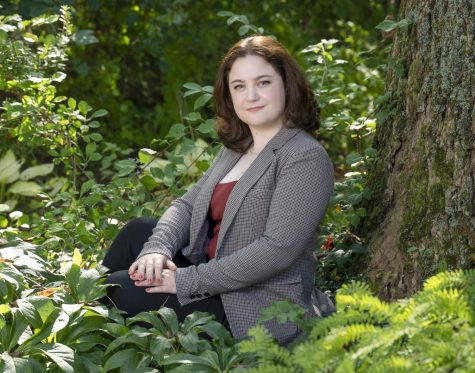
Gillian Stingley is a senior who has been writing for the Wildezine for four years. She is a Managing and Features editor for the '22-'23 school year....

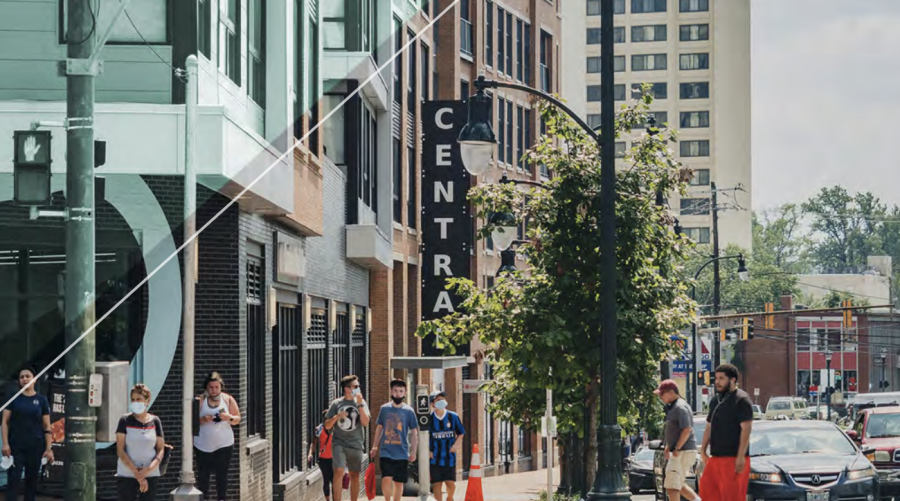


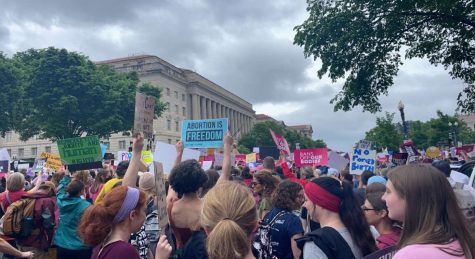
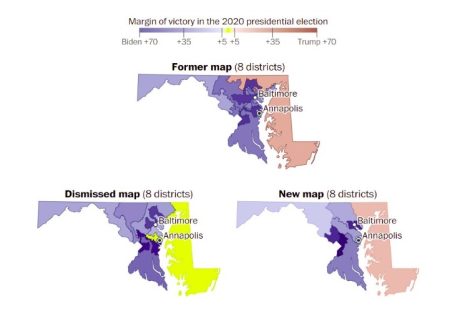
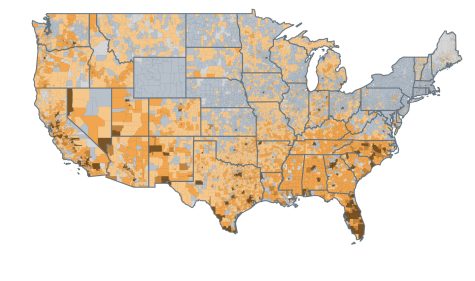





Eduardo Polón • May 25, 2022 at 5:11 pm
I found this article informative, balanced, and well written.